Nicotine Addiction Therapy
Harmful substances (carbon monoxide, tar, heavy metals, formaldehyde, radioactive particles, etc.) contained in cigarette smoke enter the smoker's body with each puff and lead to the fact that smoking negatively affects almost all organs and systems in the human body. According to experts from the World Health Organization, tobacco smoking is a risk factor for the development of the most common fatal diseases, and, as a result, the second leading cause of death in the world.
Tobacco smoking is the most common form of addiction worldwide. The reason for this is the high addictive potential of the main psychoactive component of tobacco, nicotine. A number of studies have shown that nicotine has the ability to cause psychological dependence faster than many other psychoactive substances. Regular tobacco use quickly leads to an increased need for more cigarettes, and abstinence from smoking leads to the appearance of painful physical and mental sensations, which are a manifestation of nicotine withdrawal syndrome.
Signs and symptoms of tobacco addiction:
Tobacco withdrawal symptoms most often begin to appear in the first 30-60 minutes after smoking the last cigarette. Their intensity depends on the degree of dependence, the general smoking experience, the psychoemotional state of the smoker and the presence of provoking factors.
Mental withdrawal symptoms:
-
intense desire to smoke,
-
irritability,
-
alarm,
-
depression,
-
difficulty concentrating,
-
reduced performance.
Physical symptoms:
-
sweating,
-
headache,
-
heaviness or discomfort in the extremities,
-
nausea and abdominal discomfort,
-
cough, sore throat,
-
dry mouth, thirst.
Most often, the greatest intensity of these symptoms is observed in the first three days of smoking cessation. Their complete disappearance occurs within two to three weeks of abstinence from tobacco.
Many smokers believe that they are stronger than their addiction and will be able to quit on their own as soon as they want, but in fact only a few succeed.
The rest can't stand the withdrawal symptoms and go back to smoking.
What are the ways to quit smoking?
According to research, only 4-7% of people can give up tobacco use on their own. In this case, the only way is to abruptly and definitively abandon all forms of tobacco use. The greatest development of this method was due to the work of Allen Carr.
The low success rate of self-quitting smoking is due to the painful symptoms of nicotine withdrawal that occur with prolonged smoking experience.
These symptoms may be aggravated by certain situations in which tobacco use has previously occurred:
-
in the morning, after waking up, or before going to bed,
-
during and after lunch,
-
while waiting for transport, or in the car,
-
after stressful situations,
-
during a working smoke break,
-
when drinking alcohol.
If attempts to quit smoking on your own are unsuccessful, you should seek medical help to complete a course of treatment.
Tobacco addiction treatment:
Treatment of tobacco addiction is complex and includes both drug treatments (nicotine replacement therapy) and psychotherapy.
Nicotine replacement therapy for tobacco addiction:
Nicotine replacement therapy drugs include:
-
nicotine preparations themselves (therapeutic nicotine) in various dosage forms: chewing gum, tablet forms, transdermal therapeutic systems (patch),
-
partial nicotine receptor agonist – varenicline,
-
the natural nicotine analog is cytisine.
The purpose of nicotine replacement therapy is to alleviate nicotine withdrawal syndrome, which is the most painful for a smoker in the first 2-3 weeks of quitting tobacco. The dose of drugs for substitution therapy is selected individually and depends on various factors: the severity of withdrawal symptoms, the general smoking experience. Then the dose of therapeutic nicotine is gradually reduced until complete withdrawal. In the case of cytisine and varenicline, the drug is discontinued simultaneously after 3 months of treatment.
Psychotherapy of tobacco addiction:
Psychotherapeutic support in combination with pharmacological treatment methods is a prerequisite for successful treatment of tobacco addiction.
Psychotherapeutic treatment of nicotine addiction is aimed at forming positive attitudes, identifying situations during which the strongest desire to smoke arises and developing skills that allow controlling the attraction to nicotine.
The comprehensive drug and psychotherapy program for tobacco addiction offered at EMC includes the most effective and experimentally proven treatment methods used in the world of addiction medicine.
Why the EMC
The first and only clinic in Russia, created in the image of the world's leading clinics
EMC is a multidisciplinary center offering patients a high level of medical services and a personalized approach
Worldwide recognition and awards
 Learn more
Learn more
Worldwide recognition and awards
 Certificates and licenses
Certificates and licenses
Make an appointment for a consultation
Specify your contacts and we will contact you to clarify the details
and new products of the EMC
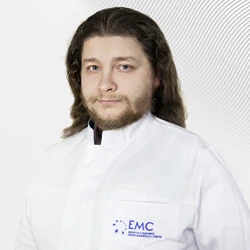

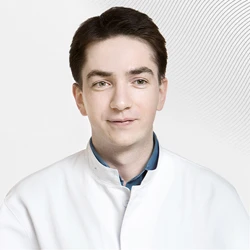


.webp)
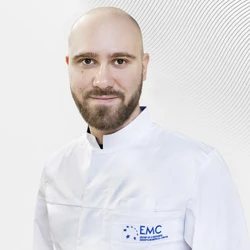
.webp)
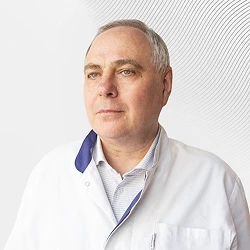



.webp)



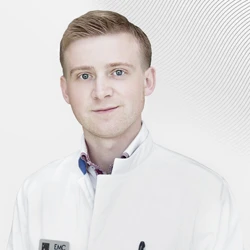
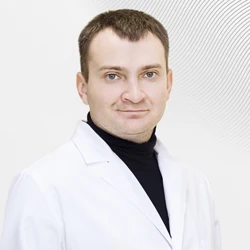
.webp)

